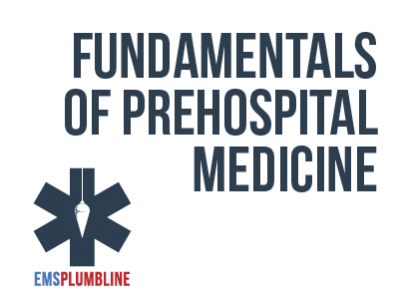 |
Building Upward: Resuscitation of Anaphylactic Shock Part 1—Overview |
1.00 |
Retired ALS provider, Michelle Cerone, speaks with Dr. Jeremy Cushman about the recognition and treatment of anaphylactic shock. This discussion gives the BLS provider the opportunity to compare allergic reactions to the life-threatening condition that requires rapid intervention. Final Exam: Please read each question carefully. You will have two attempts to gain a 70% or higher on this exam. If you are not successful in two attempts, you are welcome to take the course again to gain the certification. |
 |
Building Upward: Resuscitation of Anaphylactic Shock Part 3—Scenario 2 |
1.00 |
In this second of three scenarios, we discuss the transport decisions that should be considered when dealing with the potential of a medical illness and a traumatic injury. Vanessa and Medical Director Dr. Jeremy Cushman discuss a patient who has a motorcycle accident that was caused by a beesting. This exciting discussion will effectuate a review of the minimum competencies of medical and trauma care at the EMT level. Final Exam: Please read each question carefully. You will have two attempts to gain a 70% or higher on this exam. If you are not successful in two attempts, you are welcome to take the course again to gain the certification. |
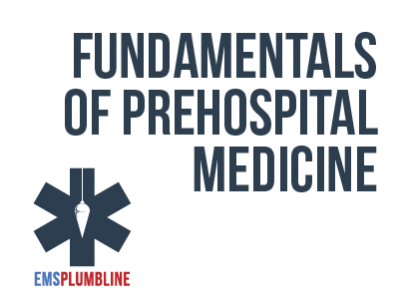 |
Building Upward: Resuscitation of Anaphylactic Shock Part 2—Scenario 1 |
1.00 |
The second part of this series is the first of three scenarios. All three scenarios are designed to review complicated situations that BLS providers may be asked to navigate. This scenario has us consider the care of an anaphylactic patient in the setting of a pregnancy. Paramedic student Vanessa Petote does an excellent job of interviewing Dr. Jeremy Cushman. Final Exam: Please read each question carefully. You will have two attempts to gain a 70% or higher on this exam. If you are not successful in two attempts, you are welcome to take the course again to gain the certification. |
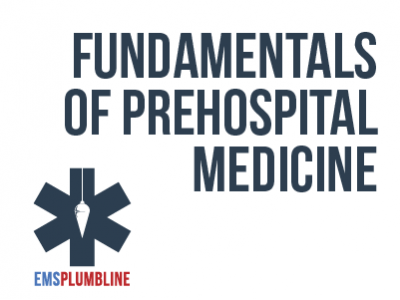 |
Building Upward: Resuscitation of Anaphylactic Shock Part 4—Scenario 3 |
1.00 |
This scenario involves a patient with special needs who has developed angioedema. Paramedic student Vanessa Petote and Medical Director Dr. Jeremy Cushman speak about the care that a special needs patient must receive, as well as the specific challenges that accompany a patient with a potentially unstable airway. Final Exam: Please read each question carefully. You will have two attempts to gain a 70% or higher on this exam. If you are not successful in two attempts, you are welcome to take the course again to gain the certification. |
 |
Advanced Interpersonal Communication: Communication Styles and Methods (Instructor Guide) |
0.75 |
To be successful in the workplace, you must be able to effectively communicate and cooperate with clients and co-workers. Learning about the four types of communication styles helps a listener understand a speaker’s perspective. It also helps a speaker understand how their communication affects the listener.
In this course you will learn: to identify primary and secondary communication styles, and to communicate using various verbal and nonverbal modes of communication.
This Instructor's Edition of this course includes notes and suggestions to assist you in presenting the material, whether in an in-person classroom setting or as an instructor-led online or distance-learning course. It also provides you with the answers to questions found in mid-lesson activities, as well as in the quiz that concludes the course. |
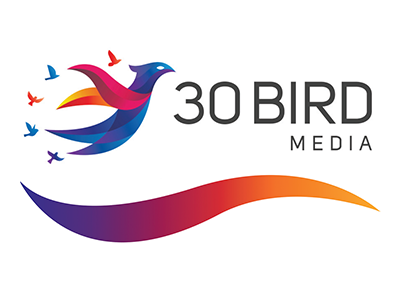 |
(ISC)² Certified Authorization Professional (CAP) |
24.00 |
(ISC)² Certified Authorization Professional (CAP) focuses on the Risk Management Framework prescribed by NIST Standards, as implemented according to the requirements of (ISC)² CAP Certification. This course is current as of April 2022. It was revised in accordance with new and updated NIST publications over the preceding two years, including NIST Special Publication (SP) 800-37, R2; SP-800-53, R5; SP 800-160, versions 1 and 2; and SP 800-171, R1 (among others), and the (ISC)² CAP Certification Exam Outline, in compliance with the stringent requirements of ANSI/ISO/IEC Standard 17024. |
 |
Ketorolac in Prehospital Medicine |
0.65 |
This module is designed to introduce Ketorolac (Toradol) to providers in the MLREMS region as an optional addition to the formulary. |
 |
Sepsis - What's new in caring for these patients? |
0.75 |
A comprehensive update provided for an intended audience of prehospital care providers. This update introduces new definitions for sepsis and septic shock, reviews sepsis epidemiology, pathophysiology, disease morbidity and mortality, and prehospital treatments. |
 |
Chest Pain - Beyond MONA |
1.00 |
A review of atypical etiologies for chest pain, provided for an intended audience of prehospital care providers. This course refreshes physiology and pathophysiology for various cardiac and non-cardiac causes of chest pain, including definitions, disease morbidity and mortality, and prehospital treatments.
This training is primarily designed to assist paramedic providers as they care for patients in the prehospital environment |
 |
Differentiating Dyspnea |
1.00 |
|
 |
ALS Airway Response - Part One |
1.00 |
This conversation with Dr. Christopher Galton turns into a lesson that any paramedic (no matter what their background) will find beneficial in their attempt(s) to improve their Airway Skills. Dr. Galton, leads this discussion by bringing together his experiences in the pre-hospital arena, the emergency department, the ICU, the operating room, and beyond. Pull out a pen and paper and get ready to write down talking points that you will undoubtedly debate with fellow paramedics. You have two attempts to gain a 70% or higher on the exam. Take your time and good luck! |
 |
Advanced Interpersonal Communication: Colleagues and Subordinates (Instructor Guide) |
0.50 |
Colleagues might include people in your office, team, department, or division. They do not hold a supervisory position over you, nor do you hold a supervisory position over them. Instead, you are all in a similar place on the corporate ladder. Learning how to communicate effectively with your colleagues helps maintain a friendly and effective workplace, and enables you to better promote your ideas and respond to those of others.
In this course you will learn: to identify the guidelines for communicating with colleagues, and how to take appropriate steps to apologize to subordinates; use appropriate tactics to refuse a subordinate’s request; and dismiss a subordinate.
This Instructor's Edition of this course includes notes and suggestions to assist you in presenting the material, whether in an in-person classroom setting or as an instructor-led online or distance-learning course. It also provides you with the answers to questions found in mid-lesson activities, as well as in the quiz that concludes the course. |
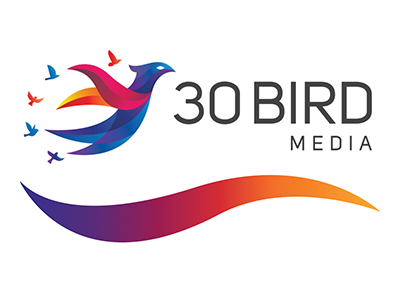 |
(ISC)² Certified Information Systems Security Professional (CISSP): 2021 Update |
40.00 |
(ISC)² Certified Information Systems Security Professional (CISSP): 2021 Update provides the knowledge needed to implement security solutions within an enterprise policy framework using a vendor-neutral format. This includes security and risk management programs, organizational policies and training, asset security, enterprise security architecture and engineering, network and communication security, identity and access management, security assessments and testing, operational security, and secure software development. This course maps to the (ISC)² CISSP certification exam objectives, which were updated by (ISC)² in May 2021. You can download an objective map for the course from http://www.30bird.com.
You will benefit most from this course if you are an experienced security professional who intends to take an (ISC)² CISSP exam. Note that if you do not meet the work requirements of five years paid experience in two of the eight exam domains, you can not receive a CISSP certification; however, you may become an Associate of (ISC)² and continue working toward other requirements. |
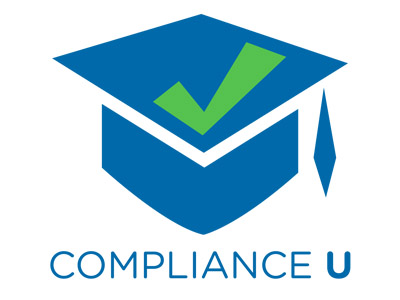 |
Preventing Slips, Trips and Falls: A Training Program for Small Business (Corrections) |
0.67 |
The Preventing Slips, Trips and Falls course focuses on helping small business owners and their employees identify, evaluate and control the hazards in their workplaces that may cause slips, trips and falls. Designed to increase and improve participants' knowledge, skills and access to valuable resources, this course will assist them in establishing systems that can help them prevent slips, trips and falls. Participants will learn how to prevent, recognize, evaluate, and control slip, trip and fall hazards, as well as develop their own learning goals and action plans. |
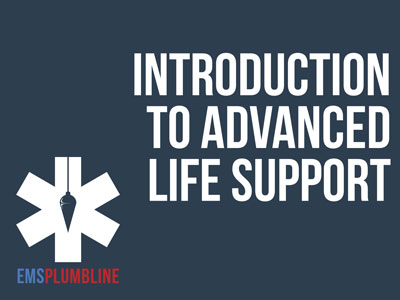 |
2019 Collaborative Advanced Life Support Adult and Pediatric Treatment Protocols |
3.00 |
The protocol changes that are listed in this lesson were developed by a committee of your ALS peers and Medical Directors from around NYS. A great deal of thought went into this project, and we would like to give you a little insight into how we came to this point. Dr. Jeremy Cushman has been involved in drafting EMS protocols for nearly two decades. His experience with the NYS Collaborative Protocol Projects will certainly lead to discussion within your coworkers.
Final Exam: These ten questions are NOT meant to summarize the entire set of protocols. Please take your time and answer carefully. These questions will spark further discussion and lead to improved care within your region. An 80% or higher is required to obtain a passing score. You have two attempts to gain this score. |
 |
2021 Quarter 1: COVID-19 Quality Care Updated |
1.00 |
Providers in Western NYS have learned a great deal about treating patients that suffer from COVID-19 infections. This session was recorded in January 2021. Paramedic Shawna Rizzi does a fantastic job of interviewing Dr. Christopher Galton. Dr. Galton draws on his experience as a paramedic, EMS medical director, intensivist, and anesthesiologist to summarize the changes that every paramedic should know.
Final Exam: This multiple-choice exam is designed to test your knowledge of the material you just reviewed. You have two attempts to gain an 80% or higher on this exam. Please take your time and answer each question carefully. |
 |
Odds & Endo: Part 1 |
1.50 |
Most entry-level providers agree that the topic of endocrinology is intimidating. We spend a good amount of time learning about diabetes mellitus, which is the most pervasive endocrine-related dysfunction that we see in the prehospital setting. We asked Dr. Jeremy Cushman to bring us to the next step. He does not discuss all of the disease states that the endocrinology world has to offer, but we do get a very good overview of some of the more common emergencies. We think you will enjoy his delivery and learning about one of the most misunderstood topics that we encounter at a basic level. Final Exam: This multiple-choice exam is designed to test your knowledge of the material you just reviewed. You have two attempts to gain an 80% or higher on this exam. Please take your time and answer each question carefully. |
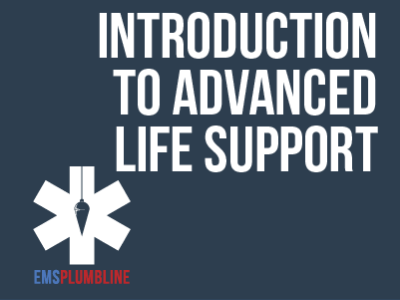 |
Constructing: Airway Essentials—Part 7 |
0.50 |
Every paramedic has ideas on what is needed to obtain a good view while instrumenting the airway. If this lesson does not create an educated discussion on the topic, nothing will. Take the opportunity to imagine yourself in the classroom and identify what you would do.Final Exam: This multiple choice exam is designed to test your knowledge of the material you just reviewed. You have two attempts to gain an 80% or higher on this exam. Please take your time and answer each question carefully. |
 |
Constructing: Airway Essentials—Part 1 |
0.50 |
We think that you will appreciate the opportunity to review the essential aspects of Airway Assessment and Management with one of the most dedicated paramedics that you can find: Chris Galton. As a Transplant Anesthesiologist and a Paramedic, Galton has spent countless hours learning to assess and maintain some of the most difficult patient airways out there. Instead of going to bed after staying up all night on a liver transplant case, Galton showed some paramedic-style grit and shared some knowledge with Rachel and Rich (two experienced paramedics). The cameras were rolling and you will want to see what they spoke about. |
 |
Protecting Yourself While Responding to Earthquakes (Corrections) |
2.00 |
This course covers the importance of earthquake safety and protecting yourself before, during, and after an earthquake. It also covers how first responders should keep themselves safe when responding to an earthquake scene. |
 |
CompTIA PenTest+ Certification - Exam PT0-002 |
40.00 |
CompTIA PentTest+ Certification - Exam PT0-002 provides the knowledge needed to plan and perform penetration tests and other security engagements, using a vendor-neutral format. This includes planning engagements, performing reconnaissance to find vulnerabilities in a target organization, exploiting vulnerable targets, and creating followup reports. This course maps to the CompTIA PenTest+ PT0-002 certification exam. You can download an objective map for the course from www.30bird.com.
You will benefit most from this course if you intend to become a certified penetration tester, or if you are a security professional who wishes to understand cybersecurity from an offensive perspective. This course assumes that you have some applied knowledge of computers, networks, and cybersecurity principles. Knowledge equivalent to the CompTIA Security+ certification is helpful but not necessary.
|
 |
Constructing: Airway Essentials—Part 6 |
0.50 |
This lesson on how to instrument the airway will give you fantastic ideas on how to create your next lab session. Take note as some pearls are offered by Dr. Christopher Galton, on how to assess and manage ALS airway procedures. Final Exam: This multiple choice exam is designed to test your knowledge of the material you just reviewed. You have two attempts to gain an 80% or higher on this exam. Please take your time and answer each question carefully. |
 |
Sepsis for Paramedics, Part 3—Conclusions to Consider |
1.00 |
In this final segment, Paramedic Hoskins does an excellent job of closing the discussion. The two medical directors are encouraged to give advice and you will want to hear what they have to say. Final Exam: This multiple choice exam is designed to test your knowledge of the material you just reviewed. You have two attempts to gain an 80% or higher on this exam. Please take your time and answer each question carefully. |
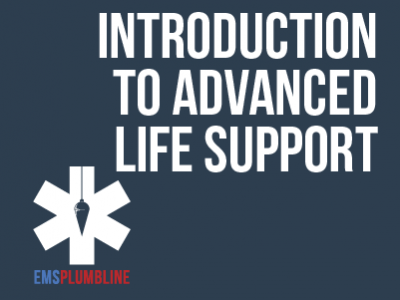 |
Constructing: Sepsis for Paramedics, Part 2—Fluid Resuscitation |
1.00 |
If you think caring for sepsis patients is not an interesting topic, you might want to think again. Medical Directors Jeremy Cushman and Christopher Galton, give Paramedic Hoskins a passionate description of proper patient care. Fluids are important and this is why. Final Exam: This multiple choice exam is designed to test your knowledge of the material you just reviewed. You have two attempts to gain an 80% or higher on this exam. Please take your time and answer each question carefully. |
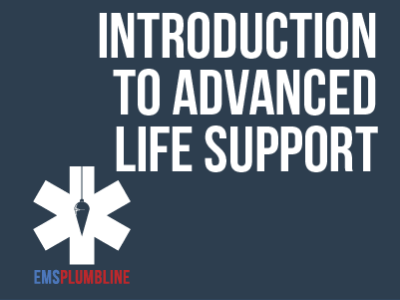 |
Constructing: Airway Essentials—Part 2 |
0.50 |
Most paramedics will remember walking around town during their original paramedic school and deciding which patients would be a "tough tube." If that describes you when you first started, you will appreciate this brief review. Dr. Christopher Galton takes the time to takes the time to give a memorable examples of the mnemonics LEMON and BONES, which prove to be a fantastic teaching tools. We think you will enjoy the illustrations that allow you to remember these important evaluations. Final Exam: This multiple choice exam is designed to test your knowledge of the material you just reviewed. You have two attempts to gain an 80% or higher on this exam. Please take your time and answer each question carefully.
|


























